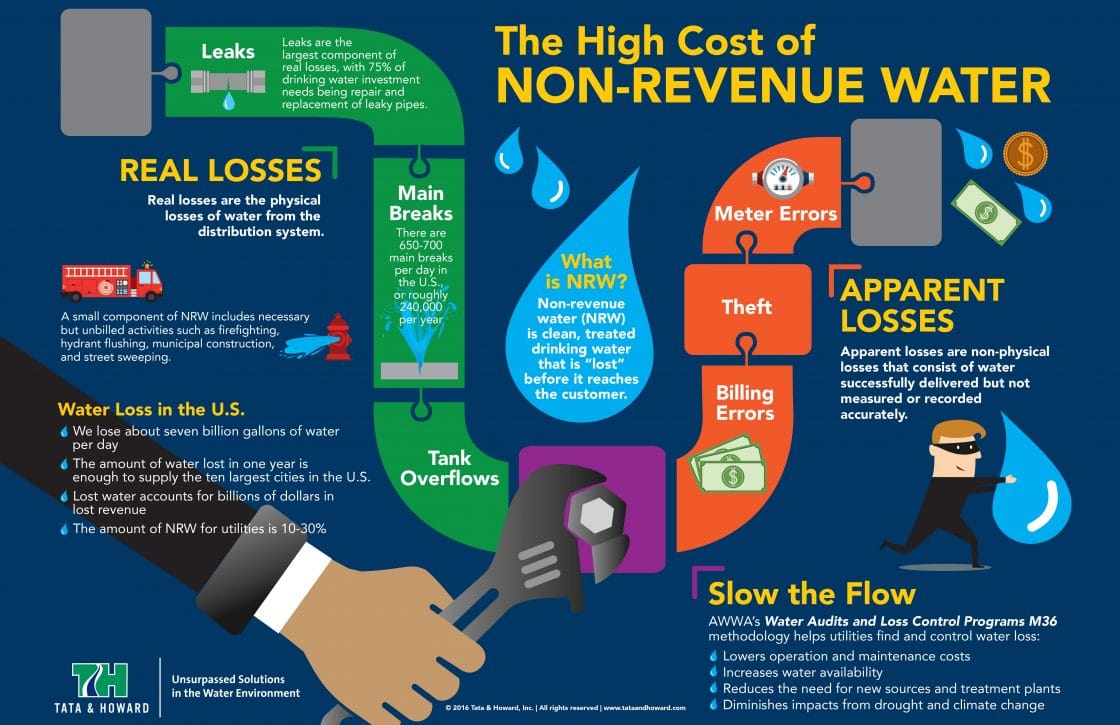So, you've read about solar panels and their prospective to generate electricity from sunlight, however how specifically do they work? Comprehending the intricate modern technology behind photovoltaic panels can be a fascinating journey right into the world of renewable resource. From the basic principles of solar batteries to the detailed parts that comprise a photovoltaic panel system, there's an entire realm of understanding waiting to be discovered. Let's untangle the mysteries of solar panel innovation with each other.
Solar Panel Modern Technology Basics
To genuinely grasp the essence of photovoltaic panel modern technology, you need to look into the fundamental principles that underpin its capability. Photovoltaic panel include solar batteries, usually made from silicon, which have the exceptional ability to convert sunlight into power through the photovoltaic or pv effect. When sunlight hits the cells, the photons in the light interact with the silicon atoms, causing the electrons to break free from their atomic bonds. This produces an electric current that can then be harnessed for powering numerous devices.
The vital element of solar panels is the semiconductors within the solar batteries, which help with the conversion of sunshine right into useful electricity. These semiconductors have both positive and unfavorable layers, creating an electrical area that enables the circulation of electrons.
https://andymthnr.snack-blog.com/30996915/a-novice-s-guide-to-solar-incentives-grants-tax-credit-scores-and-rebates of electrons, when linked in a circuit, produces straight present (DC) electrical energy. Comprehending these standard principles is essential for appreciating exactly how photovoltaic panels can harness the sunlight's power to power homes, businesses, and also satellites precede.
How Solar Panels Generate Electrical Power
Solar panels harness the sunlight's power by transforming sunshine into electricity via a procedure called the solar effect. When renewable solar denver co strikes the solar panels, the photons (light particles) are soaked up by the semiconducting materials within the panels, generally made from silicon. This absorption produces an electrical present as the photons knock electrons loosened from the atoms within the material.
The electrical areas within the solar batteries then compel these electrons to stream in a particular direction, creating a straight existing (DC) of power. This direct current is after that gone through an inverter, which transforms it into alternating present (AIR CONDITIONER) electrical power that can be utilized to power your home or company.
Excess power created by the solar panels can be stored in batteries for later use or fed back into the grid for credit score through a procedure called internet metering. Recognizing exactly how solar panels create electrical energy is vital to valuing the environmental and cost-saving benefits of solar energy systems.
Comprehending Solar Panel Components
One critical aspect of solar panel technology is understanding the different elements that compose a solar panel system.
The key components of a photovoltaic panel system consist of the photovoltaic panels themselves, which are made up of photovoltaic cells that transform sunshine into electrical energy. These panels are placed on a structure, frequently a roof, to capture sunshine.
Along with the panels, there are inverters that transform the straight present (DC) electrical energy created by the panels into rotating present (A/C) electrical energy that can be made use of in homes or services.
The system also consists of racking to sustain and position the photovoltaic panels for ideal sunlight exposure. In addition, cables and ports are necessary for transferring the electricity produced by the panels to the electrical system of a structure.
Finally, a monitoring system may be consisted of to track the efficiency of the solar panel system and guarantee it's functioning successfully. Recognizing these parts is essential for any individual looking to set up or make use of photovoltaic panel technology properly.
Final thought
Since you recognize the basics of photovoltaic panel technology and how it works, you can value the power of taking advantage of sunlight to create clean and renewable resource for your structure. By making use of the photovoltaic result and components like inverters and keeping track of systems, you can add to a much more sustainable future while likewise possibly minimizing power expenses. Keep understanding and discovering the possibilities of solar energy for a greener tomorrow.
